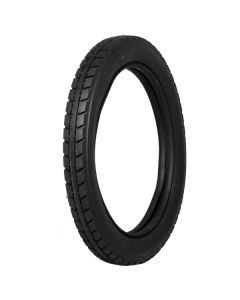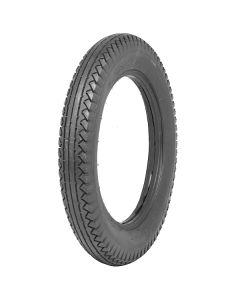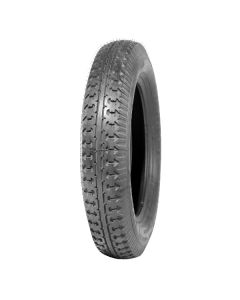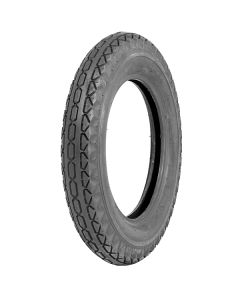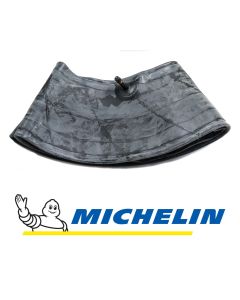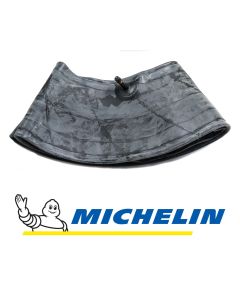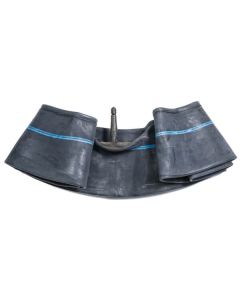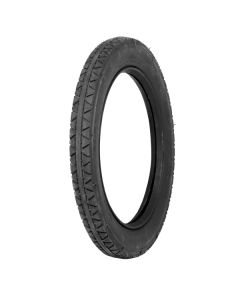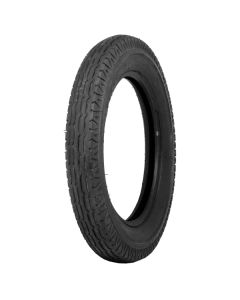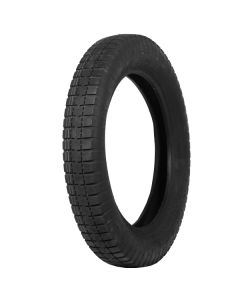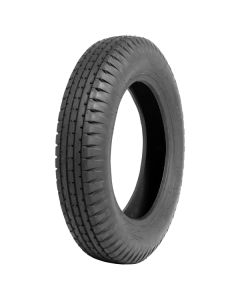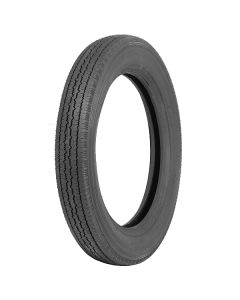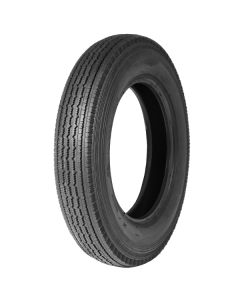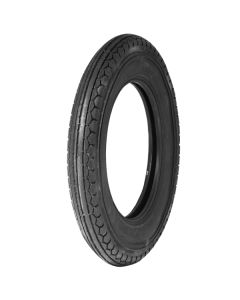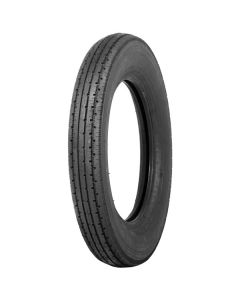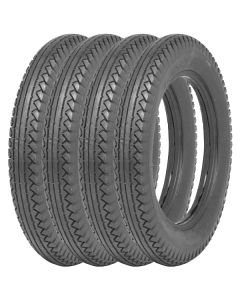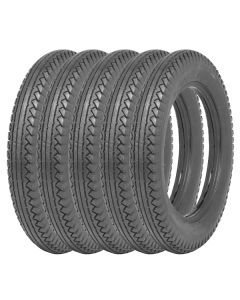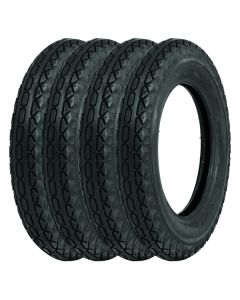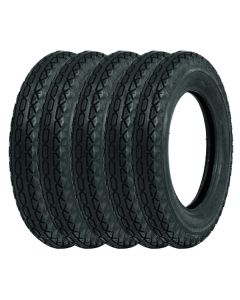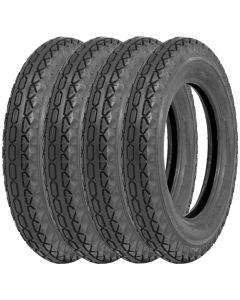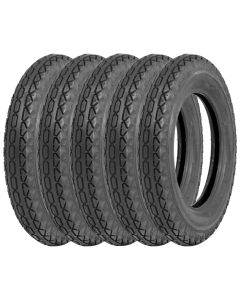Austin 20 Tyres

1920 Austin 20 Tourer
Austin Twenty 1913–1938
- The original Austin 20 models built between 1913 and 1928 fitted the tyre size 820 - 120. This includes the pre-war Austin 20 hp and all 20/4 Heavy Twenty four-cylinder variants: Open Road Tourer, Ranelagh limousine/landaulette, Carlton saloon, and Marlborough landaulette.
- In this size we suggest fitting the 8.20 x 120 Ensign Chevron Cord.
- The Austin 20 built between 1929 and 1931 was fitted with 31×5.25 tyres. This size is more commonly expressed in inches as 525 - 21 tyres. (early six-cylinder 20/6 – Open Road Tourer, first-series Ranelagh, early Carlton/Whitehall saloons)

Vintage Austin 20 Advert
- It is also worth noting that many of the early cars that originally fitted beaded edge tyres will also be moved onto more modern and generic 21” wheels.
- Our recommended 525 - 21 Austin 20 tyre is the 5.25 x 21 Lucas.
- The six-cylinder Austin 20 built from 1932 to 1938 (later Austin 20/6 – Ranelagh limousine/landaulette, Mayfair limousine, Whitehall & Carlton saloons) fitted 600 - 18 tyres.
- Our recommended 600 - 18 Austin 20 tyre is the 6.00/6.50 x 18 Michelin D.R.. There is also an excellent value 6.00/6.50 x 18 Lucas tyre.
- Some sources cite 600 - 20 tyres, which would have been fitted to a few long-wheelbase coach-built 20/6 cars, but the official and most common fitment is 600 - 18.
- If you do have 20″ wheels on your 6-cylinder Austin 20, we suggest fitting the 6.00 x 20 Lucas.

Austin 20 Landaulette
Austin 20 Innertubes
- For an Austin Twenty on 820X120 tyres, longstone recommends the Valve H/D Michelin Inner Tube 820X120.
- For the Austin 20 on 525 - 21 tyres, longstone recommends the Michelin 19/20H RET Offset Valve Inner Tube.
- Austin Twenty on 600 - 18 tyres should be fit with the Michelin 17/18H RET Offset Valve Inner Tube.
- Austin Twenty on 600 - 20 tyres should fit either a Michelin 19/20H RET Offset Valve Inner Tube or a Long Central Valve Inner Tube 600/750 X 19/21 depending on your wheel type.

1913 Austin 20HP Ranelaugh Advert
Austin 20 History
The Austin 20 story began before the First World War, when Herbert Austin developed the original pre-war 20 hp model in 1912-1913. These large-engined cars proved their reliability, performing well in demanding early automotive events like the Alpine Trial.
After WWI, Herbert Austin took a gamble with the completely new Austin 20 in 1919. There was only one model that was produced at scale, inspired by Henry Ford’s successes with the modern production line. Austin believed Britain needed a sturdy, practical luxury car to lead the market into peacetime. The post-war Austin 20 was born.
The Austin 20 was a big car for British roads, with a 3.6-litre four-cylinder engine producing around 45 horsepower, which was enough to comfortably hit 60 mph. Early reviews praised its strong hill-climbing ability and quiet running but criticised the plain finish and American looks. The car was priced around £495, with customers lining up.
However, Austin soon had trouble. Production delays, rising prices, and a struggling post-war economy nearly broke the company. By 1921, sales had slowed, leaving Austin close to bankruptcy. The one-model plan was scrapped, and smaller, cheaper cars like the hugely successful Austin Seven saved the company. The Austin 20 survived the restructure and found its place as the premium, prestige model.

1925 Austin 20 Carlton Saloon Advert
Through the 1920s, this "Heavy Twenty" earned a reputation for reliability, strength, and effortless long distance driving. As luxury limousines, sturdy family tourers, and robust commercial vehicles, The Heavy 20 quickly proved its worth, often covering huge distances without need for service.
In 1927, responding to customer demands for greater refinement, Austin introduced a smoother six-cylinder variant, the Austin 20/6. Its smaller (but silkier) 3.4-litre straight-six engine offered improved smoothness and slightly more power. With increasingly luxurious interiors and elegant bodies—like the Whitehall Saloon or the long-wheelbase Ranelagh Limousine—the Austin 20/6 held its own among higher-priced luxury rivals, providing close to Rolls-Royce comfort at a much lower price.
Austin steadily improved the 20/6 through the 1930s, adding technology like a synchromesh gearbox, advanced Girling brakes, and more streamlined bodies.
In 1938, Austin briefly introduced the powerful Austin Twenty-Eight, fitted with a 4-litre six-cylinder engine with around 90 horsepower, but the Second World War cut short its production, leading to fewer than 300 units produced.
The Austin 20 reflected Britain's automotive journey between two world wars, from post-war economic struggles to the luxury and refinement of the late 1930s. While the Austin Seven is perhaps better remembered today, the Austin 20 remains an important vintage car, a symbol of reliability, class, and understated British elegance.


